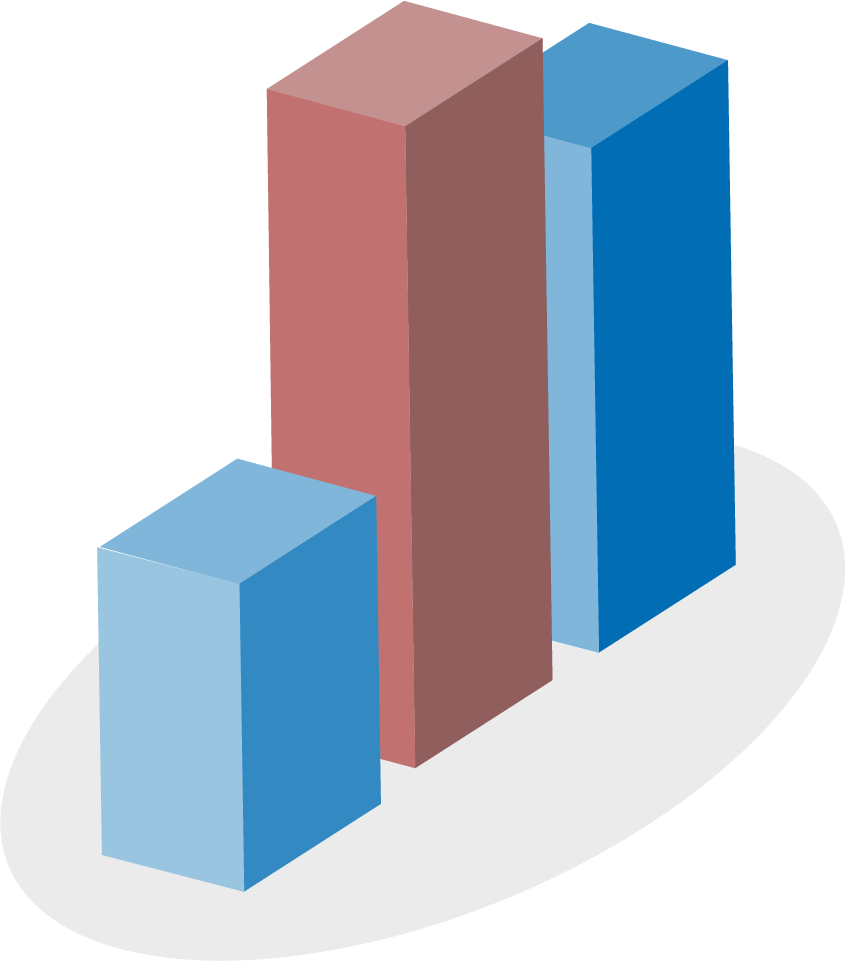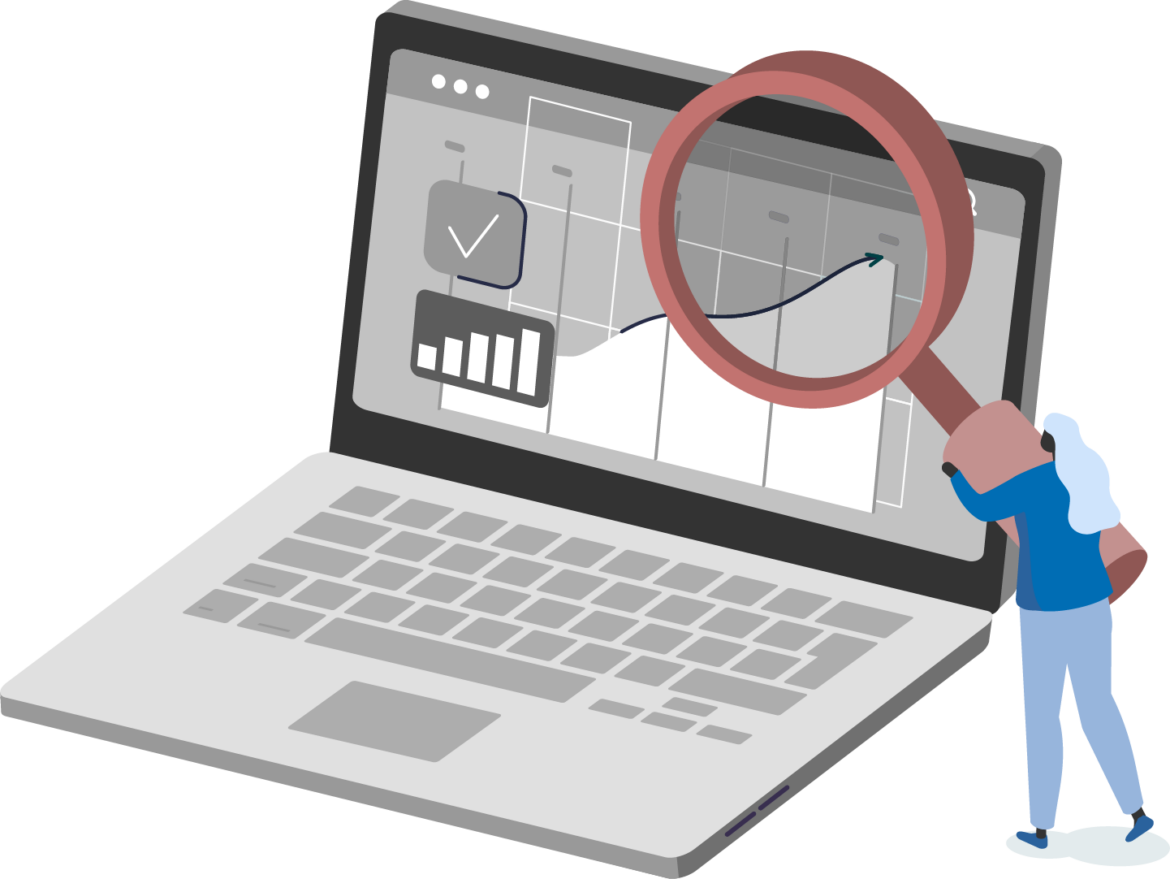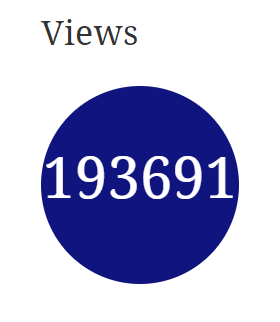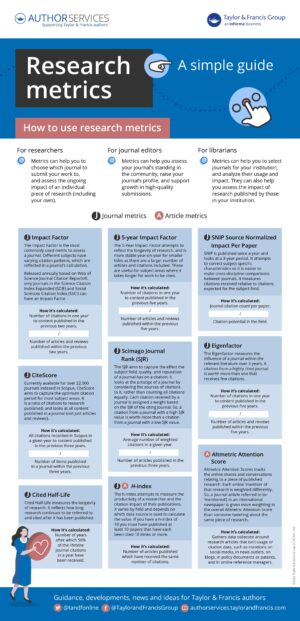Researchers, funders, and institutions are increasingly interested in the impact of their work.
Research metrics are quantitative measures that can help you select which journal to publish in and assess the ongoing impact of your research.
Use the resources on this page to help you understand what they are and how to use them.
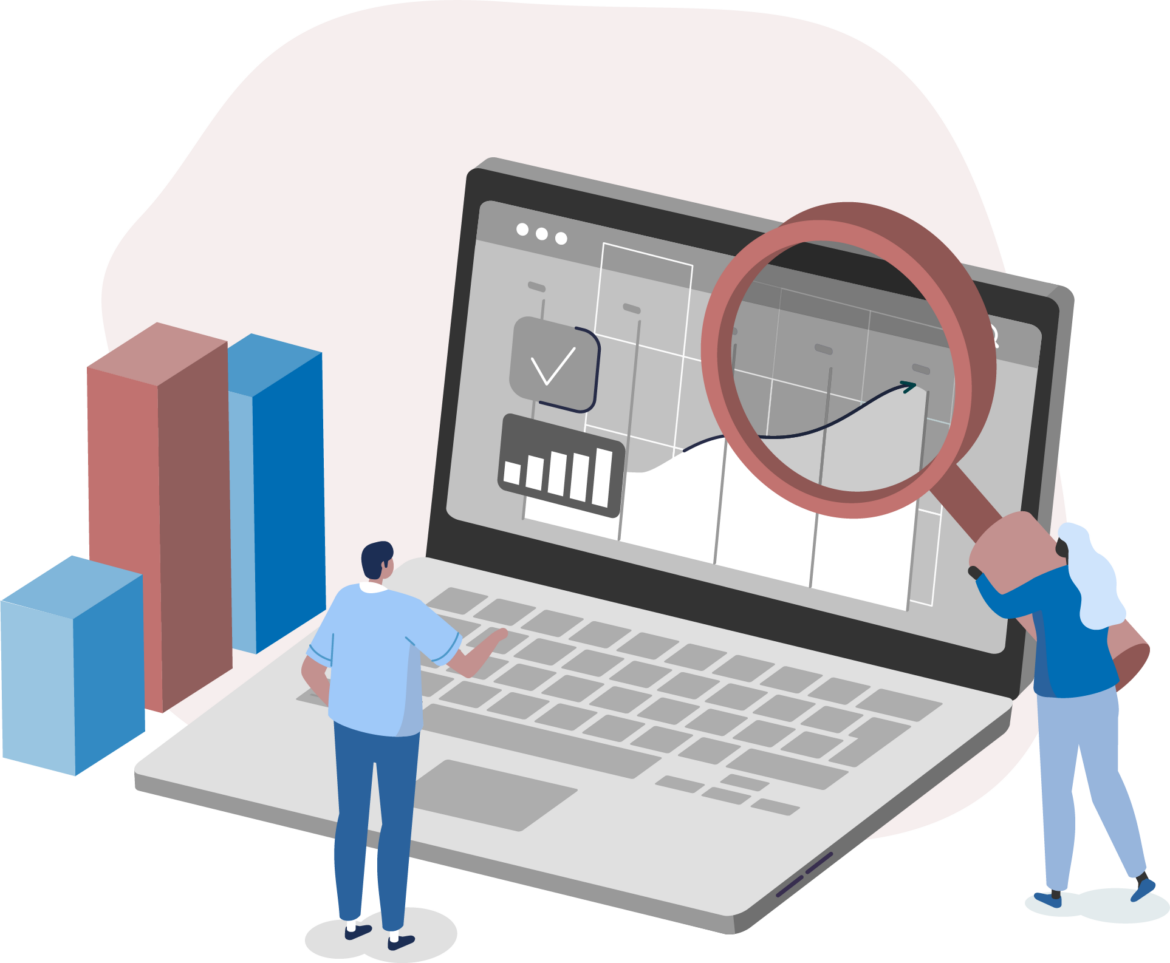
Publishing tips, direct to your inbox
Expert tips and guidance on getting published and maximizing the impact of your research. Register now for weekly insights direct to your inbox.

